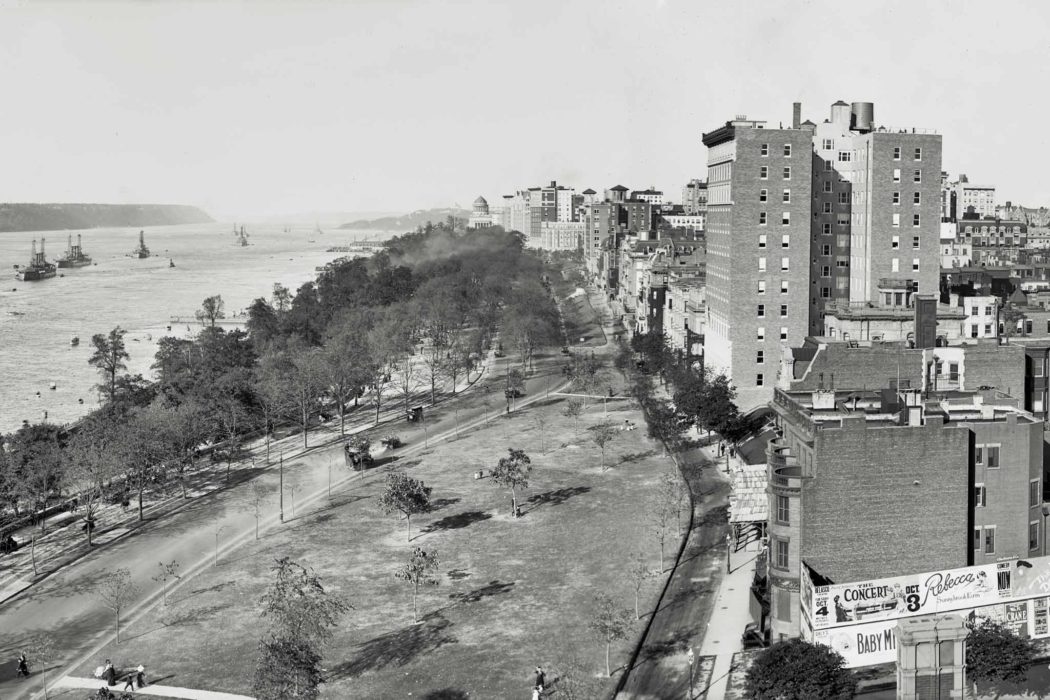IT WAS A “SATANIC system” of control and submission, Reverend Peter Z. Easton thought. He wrote his opinion in an article called “Bahaism: A Warning,” in the September and October, 1911, issue of the British magazine Evangelical Christendom.
America wasn’t the only place ‘Abdu’l-Bahá faced controversy. It had happened during his trip to England as well.
On September 17, 1911, ‘Abdu’l-Bahá spoke at the Church of St. John the Evangelist in Smith Square, Westminster. The English magazine the Fortnightly Review reported the event like this: “Surely the dawn of a new day was heralded on that Sunday evening when the Archdeacon of Westminster walked hand in hand with Abdul Baha up the nave of St. John’s Church.”
The Archdeacon was Basil Wilberforce, the Chaplain of the House of Commons. He seated ‘Abdu’l-Bahá in the Bishop’s chair, addressed him as “Master,” and even knelt to receive his blessing. But Reverend Easton, who had been a missionary in Azerbaijan for many years, was incensed by the warm reception given to a Persian by a minister of the Church of England.
“One wonders how it is that Christian men and women can be so deceived,” Easton pleaded.

When Peter Easton met ‘Abdu’l-Bahá for an interview on September 21, he found the Master unwilling to get into an argument. Instead, Easton sought out ammunition to attack him in a book by Joseph Arthur Comte de Gobineau. Gobineau was a former French diplomat whose theory of a white, “Aryan” master race, and the danger of “race-mixing” had made him famous.
Gobineau had spent time in Persia chronicling the early days of the Bahá’í religion, but he layered his story with fantastic notions of an ancient Persian cult dating back 2,500 years. Easton decided that ‘Abdu’l-Bahá was preaching its latest incarnation.
Easton characterized Bahá’u’lláh as a “betrayer, assassin, and blasphemer — a worthy successor of that long line of Persian antichrists from the beginning of its history down to the present day.” He argued that Bahá’u’lláh’s followers would become “the slaves of the most awful despotism which ever showed itself on earth,” and that the impressive-sounding truths in his words and those of his son, ‘Abdu’l-Bahá, were no more than “the bait upon the hook to drag down the soul to hell.”
By the time “Bahaism: A Warning” appeared in print, ‘Abdu’l-Bahá had left the UK, and was planning his trip to America. Easton’s comments traveled across the Atlantic, and made the American papers. But then the article came to the attention of Mirzá Abu’l-Fadl in Beirut. Abu’l-Fadl had been Professor of Islamic Jurisprudence at Al-Azhar University in Cairo, the Oxford of the Islamic world, and had spent years in prison for being a Bahá’í. Despite being bedridden from age and illness, Mirzá Abu’l-Fadl took up his pen and began to write.
In tomorrow’s feature: ‘Abdu’l-Bahá receives Mirzá Abu’l-Fadl’s dramatic response to Easton’s sensational attack.






